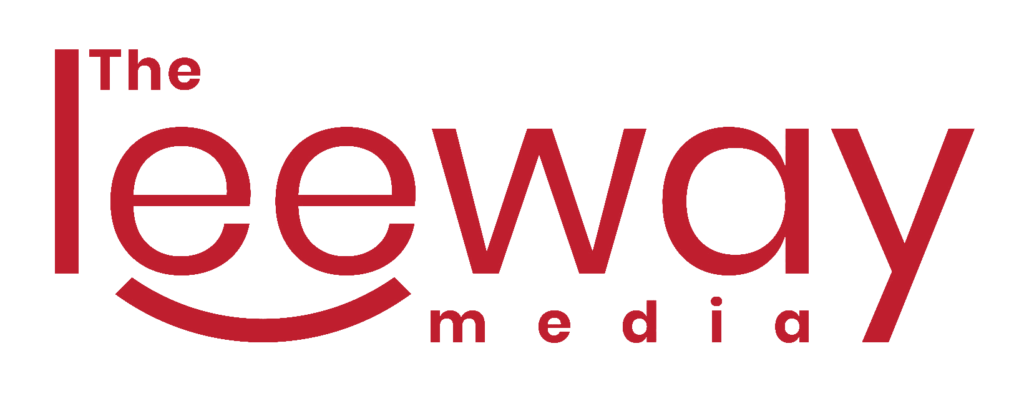
In today’s fast-paced digital landscape, traditional marketing methods are frequently overtaken by more dynamic and results-oriented approaches. Performance marketing has emerged as an effective strategy for businesses to improve their Return On Investment (ROI) and enhance visible outcomes. In this blog,The Leeway Media best performance marketing agency in Thodupuzha,Kerala we will look at the fundamentals of performance marketing, including its core components and why it is so important for organizations in the digital age.
What is Performance Marketing?
Performance marketing is a comprehensive, data-driven marketing campaign with measurable outcomes where marketers pay marketing firms or advertising platforms for results reached, such as clicks or conversions. Unlike traditional advertising strategies, which frequently rely on broad audience targeting and impressions, performance marketing is focused on particular actions or outcomes, such as clicks, leads, sales, or conversions.
Key Components of Performance Marketing
Measurable Objectives: Performance marketing campaigns revolve around clear, measurable goals. Every campaign is created to accomplish particular objectives that can be monitored and evaluated, whether the aim is to boost website traffic, generate leads, or increase sales.
Targeted Advertising: Performance marketing relies on targeting a specific audience to reach the right individuals at the right time. Advanced targeting options, such as demographic segmentation, behavioral targeting, and retargeting, guarantee that ads are served to people most likely to engage or convert.
Performance-Based Pricing: One of the defining qualities of performance marketing is its pay-for-performance method. Advertisers only pay when the desired activities are performed, such as clicks, impressions, leads, or purchases. This creates a more accountable and cost-effective advertising model.
Data Analytics & Optimization: Data is of great significance in performance marketing. By monitoring key performance indicators and analyzing campaign metrics, marketers achieve valuable insights into customer behavior, ad performance, and conversion rates. This data-driven strategy enables continual campaign optimization and modification to maximize results.
Multi-Channel Integration: Performance marketing includes a variety of digital channels such as search engine marketing (SEM), social media advertising, display advertising, affiliate marketing, email marketing, and more. By incorporating different mediums in a combined strategy, advertisers can interact with audiences across various touchpoints and drive conversions at each phase of the consumer journey.
Steps To Measure Performance Marketing
An outlining aspect of performance marketing is ROI (return on investment) – every task and action is tracked, reported, and analyzed against pre-defined KPIs (Key Performance Indicators). In this way, the campaign’s outcomes can be interpreted and improved for better performance.
Measurable ROI is essential for successful digital marketing, so keep track of it frequently. There are multiple performance optimization technologies on the market, but whatever you use, allow your campaigns time to collect data. The more data you have, the greater your insights and the more you’ll be able to optimize your efforts accurately and effectively.
Here are a couple of the key metrics and KPIs (Key Performance Indicators) commonly used in performance marketing:
Boosted Conversion Rates
The basic purpose of digital marketing is to turn visitors into customers. UX/UI design greatly affects this conversion rate by leading users through a carefully planned journey. Features like well-placed buttons, obvious calls to action, and faster checkout procedures can greatly lower friction and motivate users to fulfill desired actions—including subscribing to a newsletter, completing a purchase, or requesting more information.
CPM: CPM refers to Cost per mille or Cost per thousand, which is the expense that the advertiser pays for 1000 impressions of a digital ad. In other words, it is the cost for every 1000 times an ad is shown to viewers.
CPC: Cost per click is the amount spent each time a viewer clicks on an advertisement. CPC is a greater measure of engagement than CPM because the visitor has taken action by clicking on the ad.
CPA: Cost per action evaluates campaign performance based on a particular desired action you require the target audience to complete, such as downloading an ebook, signing up or subscribing, purchasing an item, or some other action.
LTV: Lifetime Value calculates the predicted spending of acquired clients based on their ongoing activity, employing advanced techniques such as predictive analytics.
Conclusion:
Performance marketing gives businesses a results-oriented approach to digital advertising, providing measurable outcomes and actionable data to help them make better decisions. By emphasizing particular targets, addressing the right audience, employing data-driven optimization, and implementing a pay-for-performance model, businesses can generate tangible results and achieve their marketing goals more efficiently in the digital age.Eager to take your marketing campaigns to the next level? Embrace performance marketing and uncover the complete potential of your digital advertising campaigns
